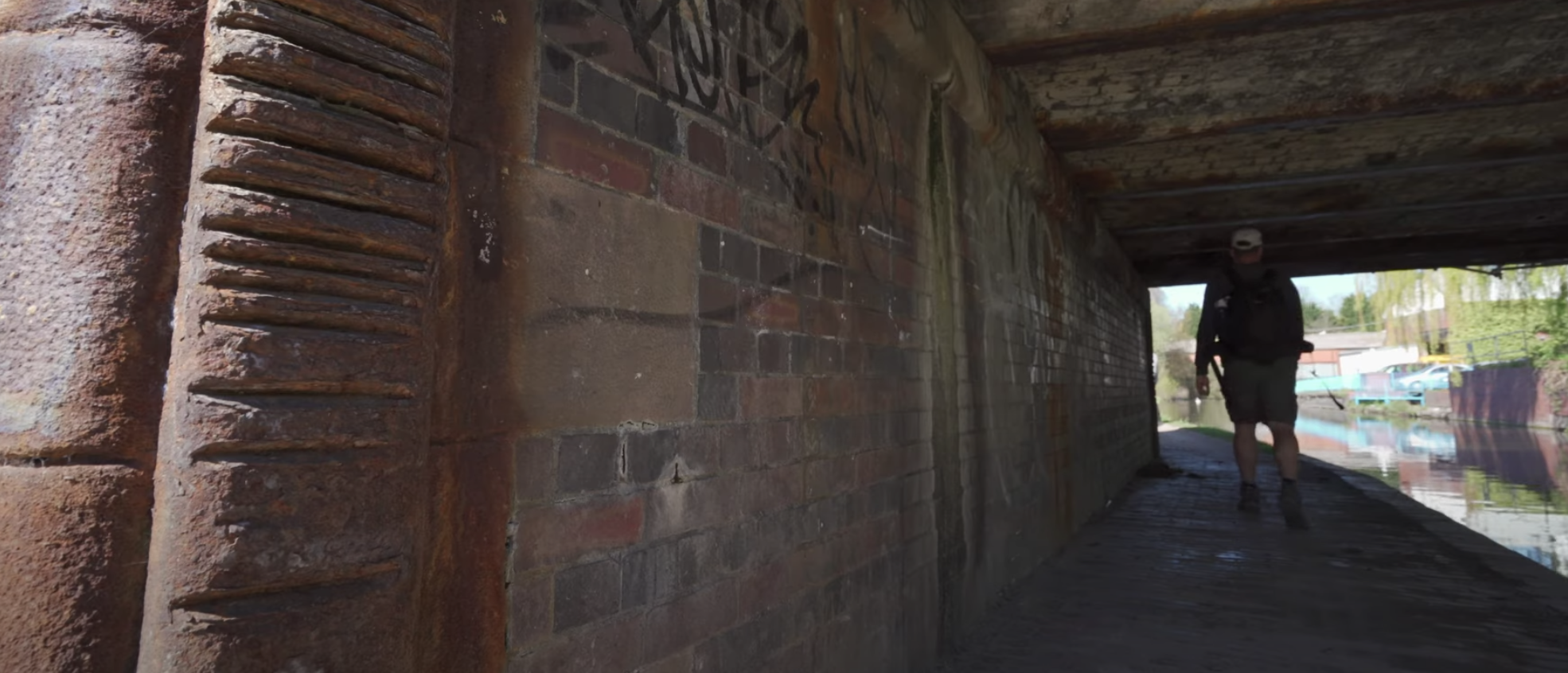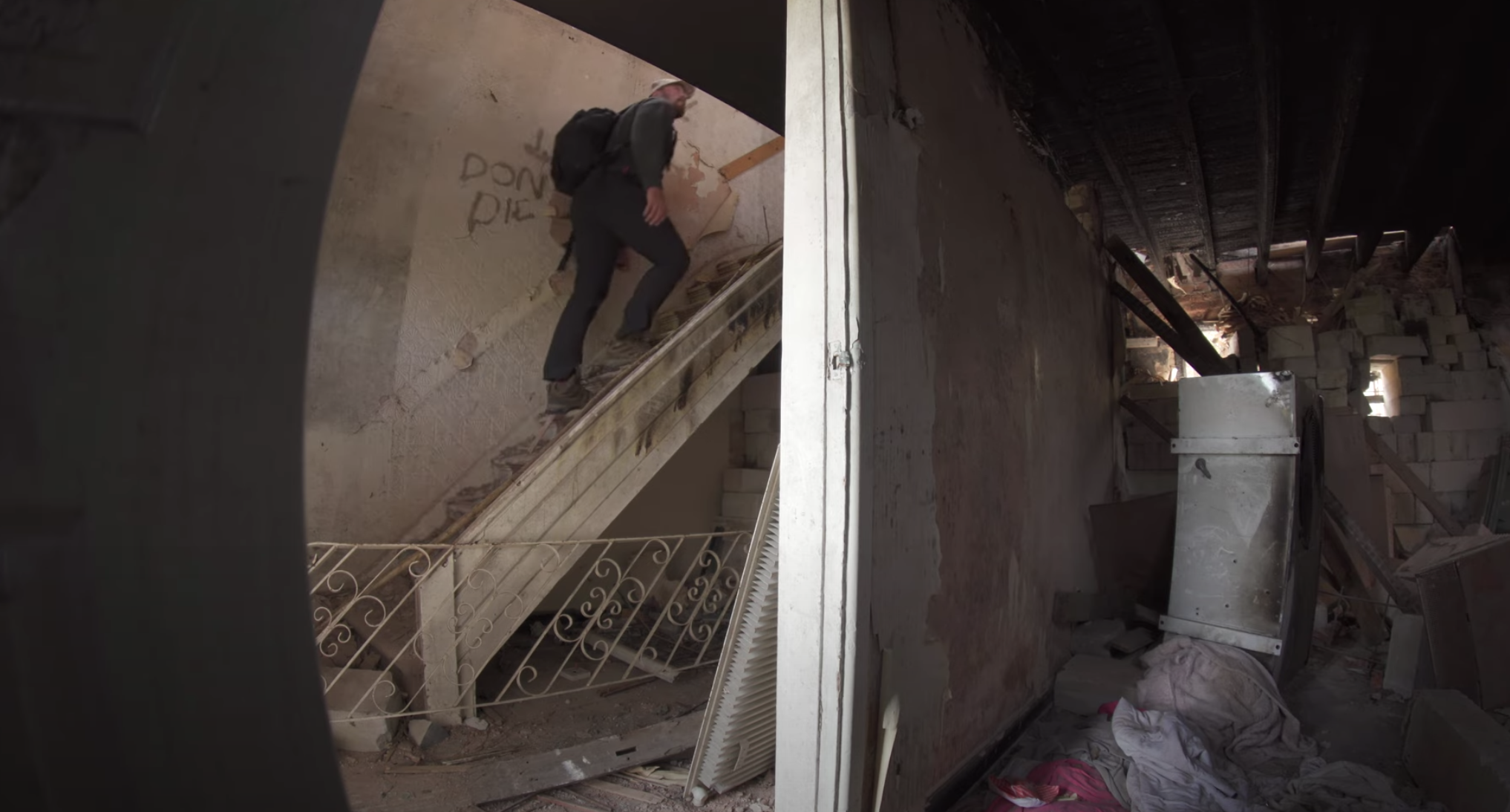Exploring the Dudley Number 2 Canal
Exploring the full length of the Dudley Number 2 canal in the Black Country. From Hawne Basin in Halesowen, to Parkhead Junction in Dudley, via Gosty Hill tunnel, the Bumble Hole, Netherton Reservoir, Saltwells Nature Reserve, a cool old abandoned house and more, along this wonderful section of the cut.
The route starts at Hawne Basin in Halesowen.
It’s then a short walk up towards Gosty Hill Tunnel past plenty of wildlife and some cool old structures on the far side of the canal where the Stewarts & Lloyds site used to be in the early 1900s.
The footpath then goes off to the left to avoid Gosty tunnel, but on this occasion, I found a boat….
It’s a very cool old tunnel. 509 Metres long, no footpath, no lights other than the airshaft approximately halfway through.
You can take a look up inside the airshaft….
And even better, if you were to walk a little way up Station Road, you can even take a look down the airshaft….
It appears up above ground in someones front garden!!!
The tunnel exits down towards Old Hill, the remains of an old tug boat house can be seen here on the side.
The Dudley number 2 canal then meanders off around the edge of Cradley Heath towards the Bumble Hole through quite a few old industrial sites, all with their own unique bits of canal-related history and often structures.
This green artery with lots of wildlife finally arrives at the Bumble Hole after just a couple of miles, also known as Warrens Hall Nature Reserve.
Cobb’s engine house sits proudly in the middle of the Bumble Hole.
Properly known as Windmill End Pumping Station, Cobb’s engine house is a grade 2 listed scheduled ancient monument that was built around 1831. It housed a steam pump that was used to pump water to nearby collieries.
It’s (as of writing, 2023), completely open and you’re free to walk around and go inside to take a closer look at the old brickwork and even some of the workings that can be seen at the top.
There are lots of things to discover at the Bumble Hole, old bridges, canal shoots, pools and of course Netherton Tunnel, a huge dark 1.7-mile canal tunnel that is brilliant to explore. In this video, however, I follow the canal in the other direction up towards Netherton, after checking out some of the interesting things around the Bumble Hole.
After a few more miles, lots of narrowboats, some fantastic old industrial bits and bobs, and a kamikaze goose (yes, really, watch the video), I arrived at Netherton Reservoir and took a good look around Doulton’s Quarry in Saltwells Nature Reserve.
I love how these old iron bridge corner plates remain. The scars of rope marks from a time when horses pulled narrowboats through.
I left Doulton’s claypit behind and made my way up towards Parkhead Junction in Dudley. There are plenty of interesting places along the way, too many to list here, you’ll have to watch the video or make the trip for yourself. But to name a few, the Reservoir itself, views up to Netherton Church, the place where they built the anchor for the Titanic, the “sounding bridge” and on this particular trip I stumbled across an old derelict house. I tried to find out some more info about the history of this canalside property with no luck, but the doors were open so I took a quick look around.
The sounding bridge and the site of what was once Brewin’s tunnel.
A bit of urban exploration at the old canal-side house. Not recommended.
There really is some amazing wildlife. After leaving the abandoned house I saw this heron eating a fish. There’s a wonderful clip of this happening in the video. It was definitely more luck than skill!
And then finally, a short walk of a mile or so up to Parkhead Junction in Dudley. I found it fascinating that the big viaduct here was originally built in 1850 out of timber, but that it was later rebuilt in brick. It is said, however, that the original timber structure stills remains, encased in what we see now. Very cool.
I thought the Parkhead Junction area looked great, with wildflowers, old structures, canal locks, tunnels and of course plenty more wildlife. It’s great to see that the Dudley number 2 canal has kept its industrial heritage for the most part but is now also a thin green oasis meandering through this once industrial heartland. Fantastic. Great to see, and hear. (On a quiet day it sounds wonderful)
I’d like to think my video and audio work is much better than my writing. It definitely is. So check out the full Dudley Number 2 Canal video below. Please leave a comment if you know anything interesting.
Also, check out THE ART LOCKER, I have a unique collection of wall art available in this store, beautiful prints but also thin wall canvas and more, with a section called THE BLACK COUNTRY COLLECTION.
Enjoy the video, it’s free to watch and looks great on a big TV if you have the technology.
Cheers, Chris.
Exploring the full length of the Dudley Number 2 canal in the Black Country
Filmed using an old Sony camera, DJI drone and Rode microphone. Check out MY GEAR for more info.
About the Dudley Number 2 Canal
The Dudley number 2 canal is a historic waterway in the West Midlands region of England. The canal was built in the 18th century to transport coal from the mines in the Black Country to the factories and industries in Birmingham.
The Dudley No. 2 Canal was constructed in 1776 and was originally intended to be part of a larger canal network connecting Birmingham to the River Severn. However, due to financial difficulties and engineering challenges, the larger network was never completed.
The canal was an important transport route for the coal industry in the Black Country during the Industrial Revolution. The canal was used to transport coal, iron, and other raw materials to the factories and industries in Birmingham and beyond. The canal also helped to support the growth of the local iron industry, which produced everything from nails to steam engines.
One of the engineering marvels of the Dudley No. 2 Canal is the Netherton Tunnel. The tunnel was built between 1855 and 1858 and is 3,164 yards (2.9 km) long. The tunnel allowed boats to travel directly through the limestone hills of the Black Country, avoiding the need to navigate the difficult and congested streets of Dudley and Netherton.
Today, the Dudley No. 2 Canal is no longer used for commercial transport. However, it has been preserved as a heritage asset and is now a popular destination for leisure boating and walking. The canal and its towpaths provide a peaceful and picturesque escape from the urban landscape of the West Midlands, while also offering a glimpse into the region's industrial past














